Of Loops and Stitching: Perceptual Transfers at Mycelial Legacies
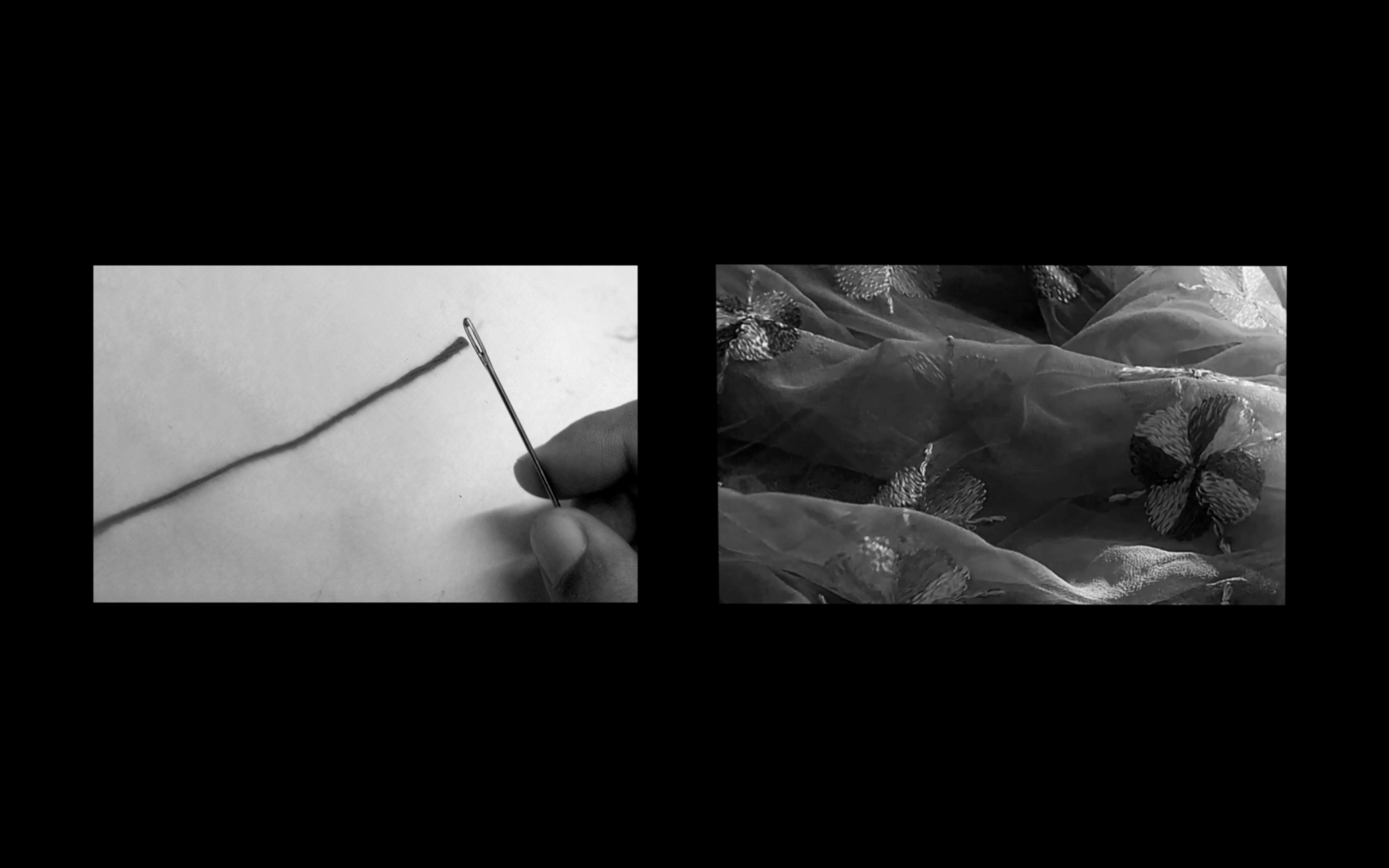
Still from A Quavering Line Excerpt 1 (2022) by Pahul Singh.
Drawing from the archives of Video Art by South Asian Contemporary Artists (VASCA, formerly VAICA), Perceptual Transfers brings together moving image works by women artists from the Faculty of Fine Arts, Maharaja Sayajirao University of Baroda. Curated by Najrin Islam, the works were on display at Bikaner House as a part of the survey exhibition Mycelial Legacies, curated by Deeksha Nath, under the aegis of the Anant Art Gallery. As the exhibition deployed a range of thematics, registers and forms, Nath, an alumna of the institute, was keen to have a viewing room where a video art programme could give visitors a sense of moving image practices adopted by different women artists from the Baroda school. Working within this framework, Islam wove together a tapestry to open ways of thinking about women’s art, their bodies and labour through explorations in the moving image form.
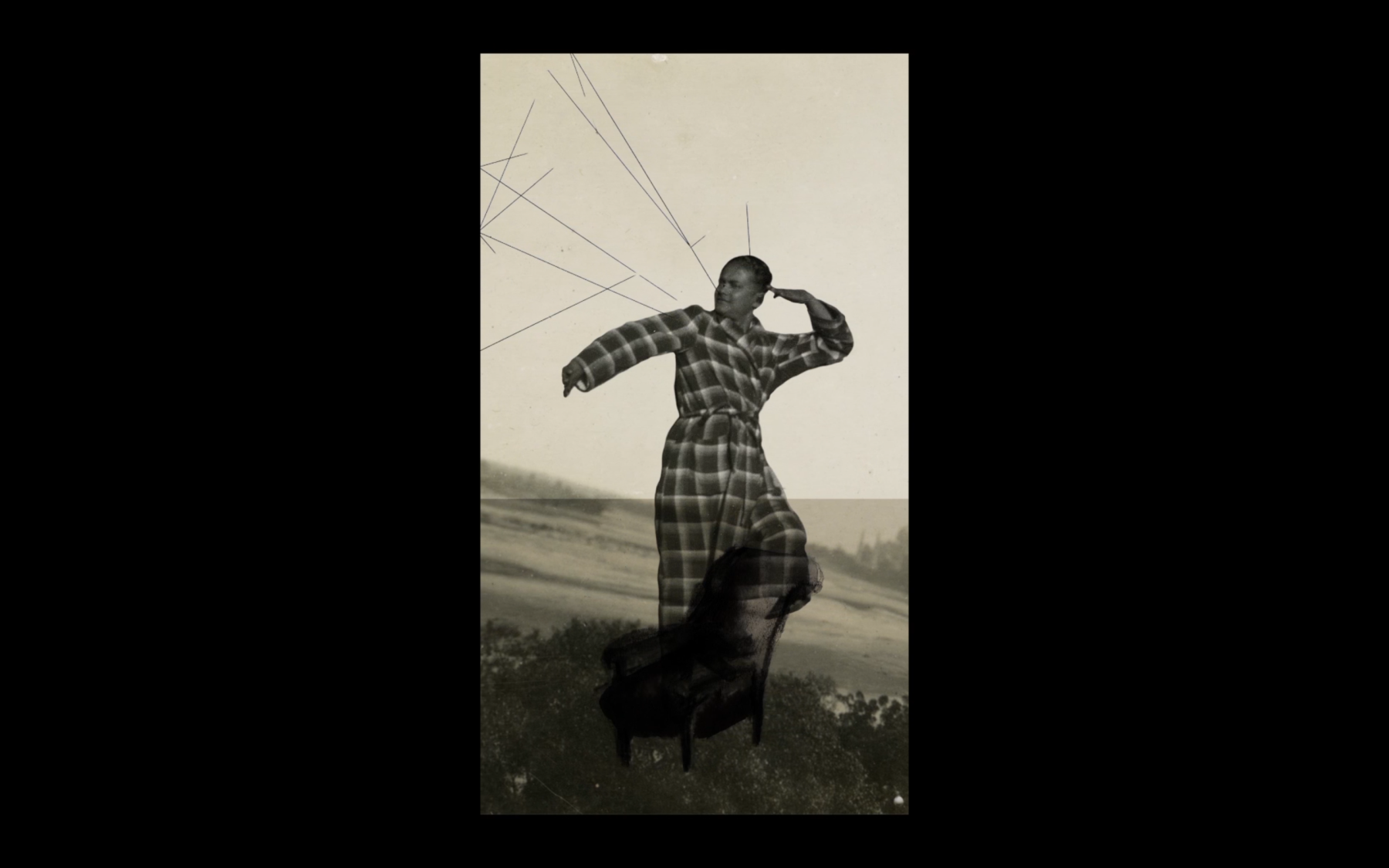
Still from A Chair walks into a Landscape (2017) by Sukanya Ghosh.
Structured as a four-day programme, Islam sought to put various artists across generations of the Fine Arts Department, MSU, in dialogue with one another. In a conversation with the writer, she mentions that her first step was to look for “movements and textures” that emerged as a common thread among the works. Working instinctively, Islam sought to look for thematic affinities in order to “play with how these sensorial transfers work for a viewer.” The video works were presented as looped segments averaging an hour. Certain thematic concerns organised their narratives into cohesive and accessible blocks of time. One particular segment, for instance, examines the spatial through the representation of fragmented geographies. Here, works by Sukanya Ghosh, Sumakshi Singh, Chinmoyi Patel, Pushpamala N., Gaura Singh, Katyayani Gargi, and Ayisha Abraham explore screen geography as they play with the representation of space through erasure, absence, illusion, layering, flânerie and forms of fiction, as well as the imagination or treatment of negative space.
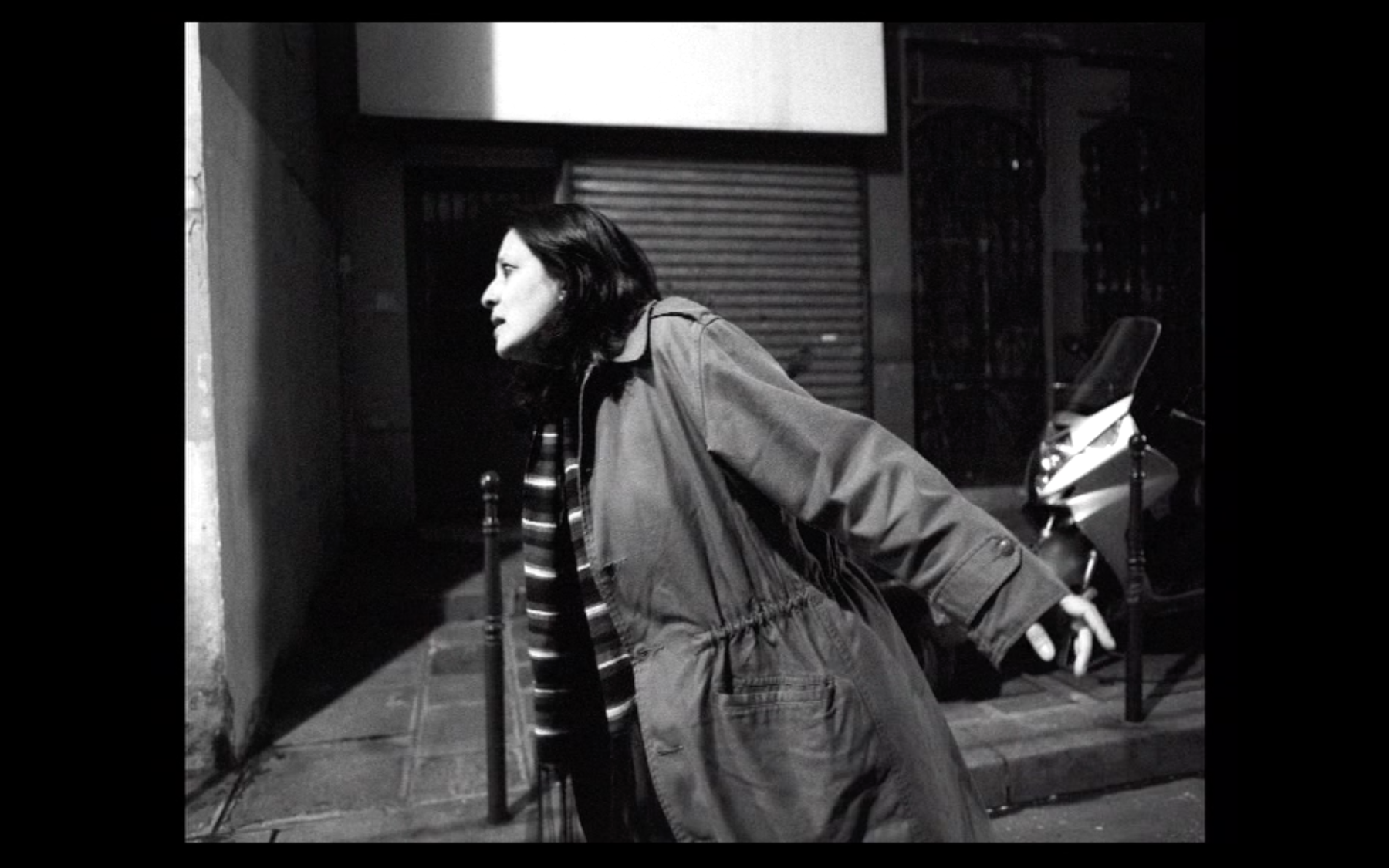
Still from Paris Autumn (2006) by Pushpamala N.
Another prominent thematic concern that emerges across the programme is women’s bodies and the corresponding socially constructed gendered expectations. Archana Hande, Kunatharaju Mrudula, Soghra Khurasani, Shakuntala Kulkarni and Anuradha Rudrapriya meditate on beauty, conformity, hierarchy and discrimination. In a segment that explores formal connections through sound, Islam focuses on juxtaposing works that experiment with the notion of women’s voices. She orchestrates the viewer’s experience to move from hearing nothing and looking at an image from a distance in Pahul Singh’s Ikk Kambdi Lakeer (A Quavering Line, 2022) to then going directly into the interiors and the origin of the sound in Kunatharaju Mrudula’s Still Small Voice (2021), consciously circumventing expectations as one does not hear the voices directly.
Women’s bodies not only act but are acted upon. Punctuating the programme through the four days, Kulkarni’s series Is it Just a Game? (2007) draws on games like blind man’s buff, tug-of-war, and trust falls to explore the anxiety of bodies in public. Responding to the way in which women’s bodies occupy space in the works on display, Islam notes, “Many of the artists from the Baroda school—when they started making video art—focused on experiences of the female body. I think something about the medium was able to convey the often visceral horror of experiences that the female body had to go through. There were other forms of art that were accessible, but when women artists started using video as a medium, there was an organic focus on the female body to explore personal experiences or how they navigated public spaces. There is an intense focus on the body—the flesh and skin—and how it interacts with the world external to it.”
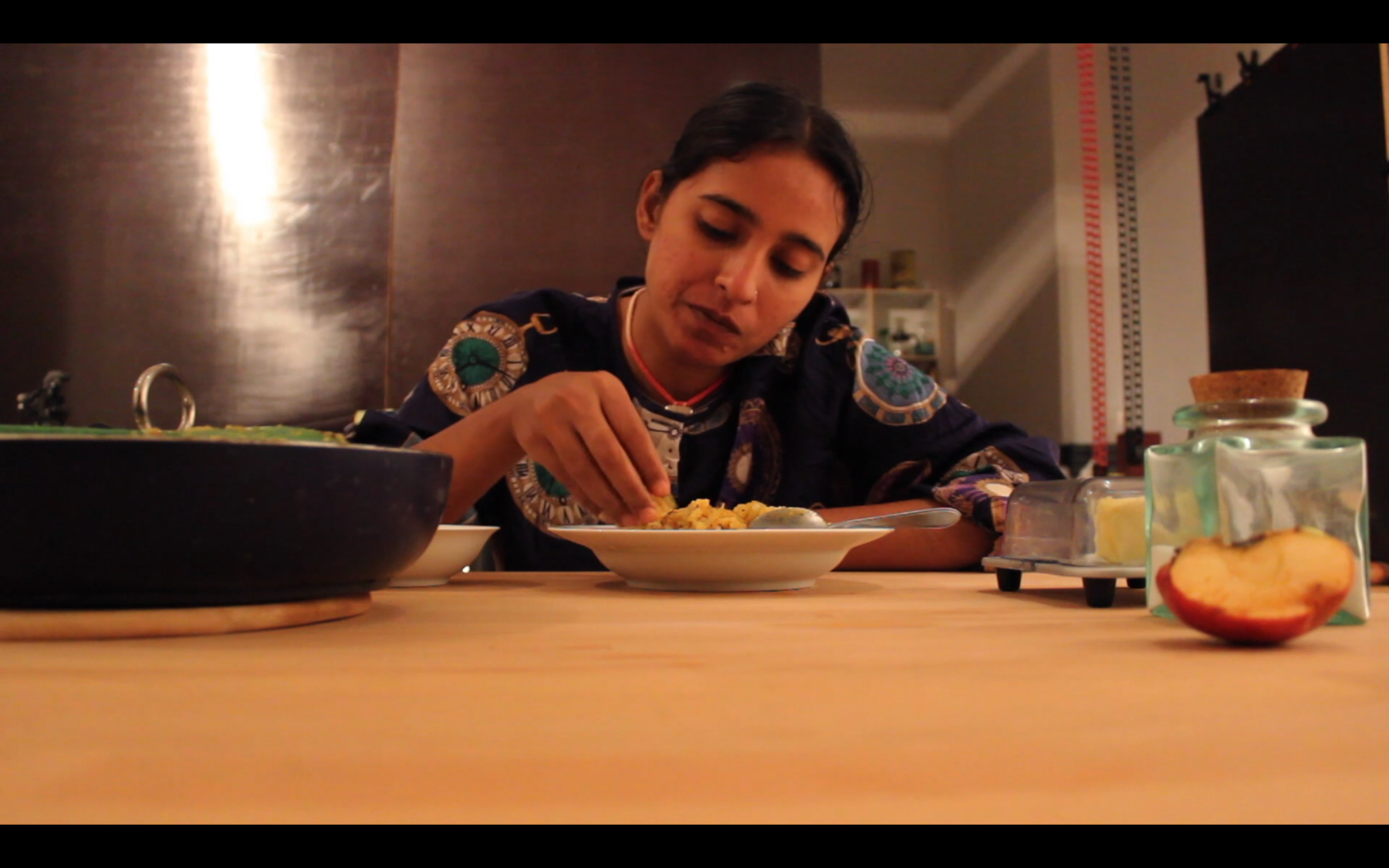
Still from Subtle Resistance (2020) by Anuradha Rudrapriya.
The plasticity of the moving image form is also evident in the programme as it references multiple registers of media histories. Ayisha Abraham plays with digital renderings of found footage from home movies and Super8 footage to create alternate narratives from analogue documentary forms in works like Amnesia (2001), Straight8 (2005), I Saw a God Dance (2012) and You Are Here (2008). In Gargi Raina’s Black Box (2019), we see retrieved footage of a 2004 interview of Homai Vyarawalla in which she speaks of Partition, intercut with her black-and-white photographs from the time. Vyarawalla stands out as a pioneering female photojournalist and, in the context of such an exhibition, one thinks of Vyarawalla’s documentation of the early history of women in similar art institutions in the country, as one imagines them as forebears to the women included in Mycelial Legacies.
Avijit Mukul Kishore’s documentary The Garden of Forgotten Snow (2017) is an exception in the programme. It provides an intimate glimpse into the life and work of Nilima Sheikh, including 8mm footage by the artist’s mother of their travels to Kashmir. In a poignant sequence, we enter the artist’s studio as she works on a painting. In showcasing the space of the studio as a room of one’s own, the sequence foregrounds the labour that is an inherent part of art yet is often invisibilised. In this moment, Sheikh speaks of how they learnt (at the Faculty of Fine Art) that every viewing is incomplete and every viewing reinvests something into the experience.
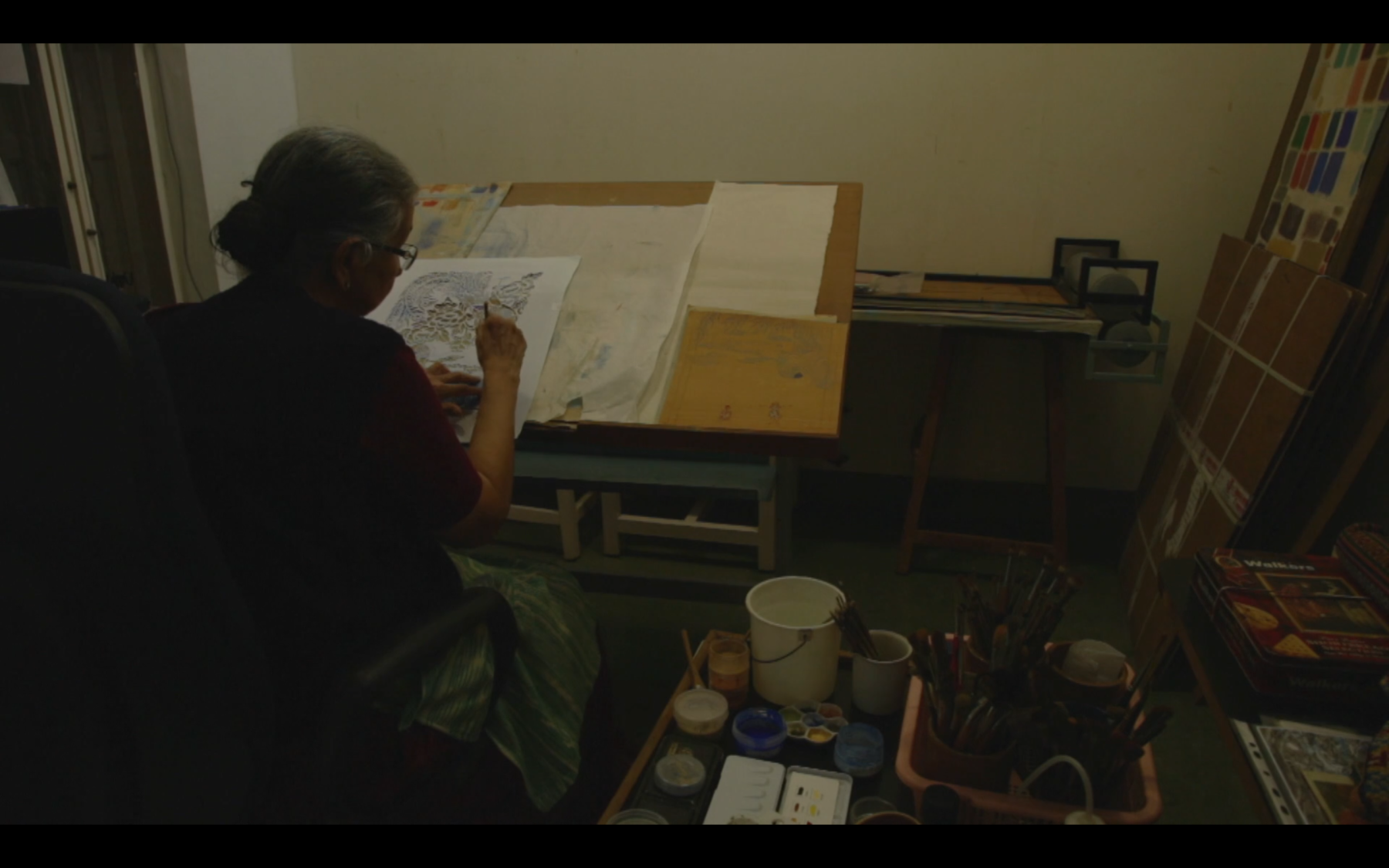
Still from The Garden of Forgotten Snow (2017) by Avijit Mukul Kishore.
Acts of repetition and (re)viewing stand out in the curation as they allow for multiple tangents of thought and connections to arise between the works while providing one with moments of reprieve. Another common thread that binds the segments is Pahul Singh’s Ikk Kambdi Lakeer (A Quavering Line, 2022). Singh plays with image, text and sound to create fragments of meaning as short-form excerpts that negotiate language, histories and a sense of unbelonging. Islam notes, “Repetition was an organic decision. Pahul’s videos spoke to me as commas, and I started to insert them into different points, looking at how they could bind the segment together.” One can also perhaps draw a line from early performance art documentation to more hybrid forms that combine found footage, animation and text to trace the evolution of video art in India. Suturing different forms and vocabularies to capture the heterogeneity of lived experience and interiorities, Perceptual Transfers provides an alternate reading of an institutional history of video art in India while making an extensive archive of video art more accessible.
To learn more about Video Art by South Asian Contemporary Artists (VASCA, formerly VAICA), please click here, here, here, here, here and here.
To read about other informal institutional histories, please click here and here.
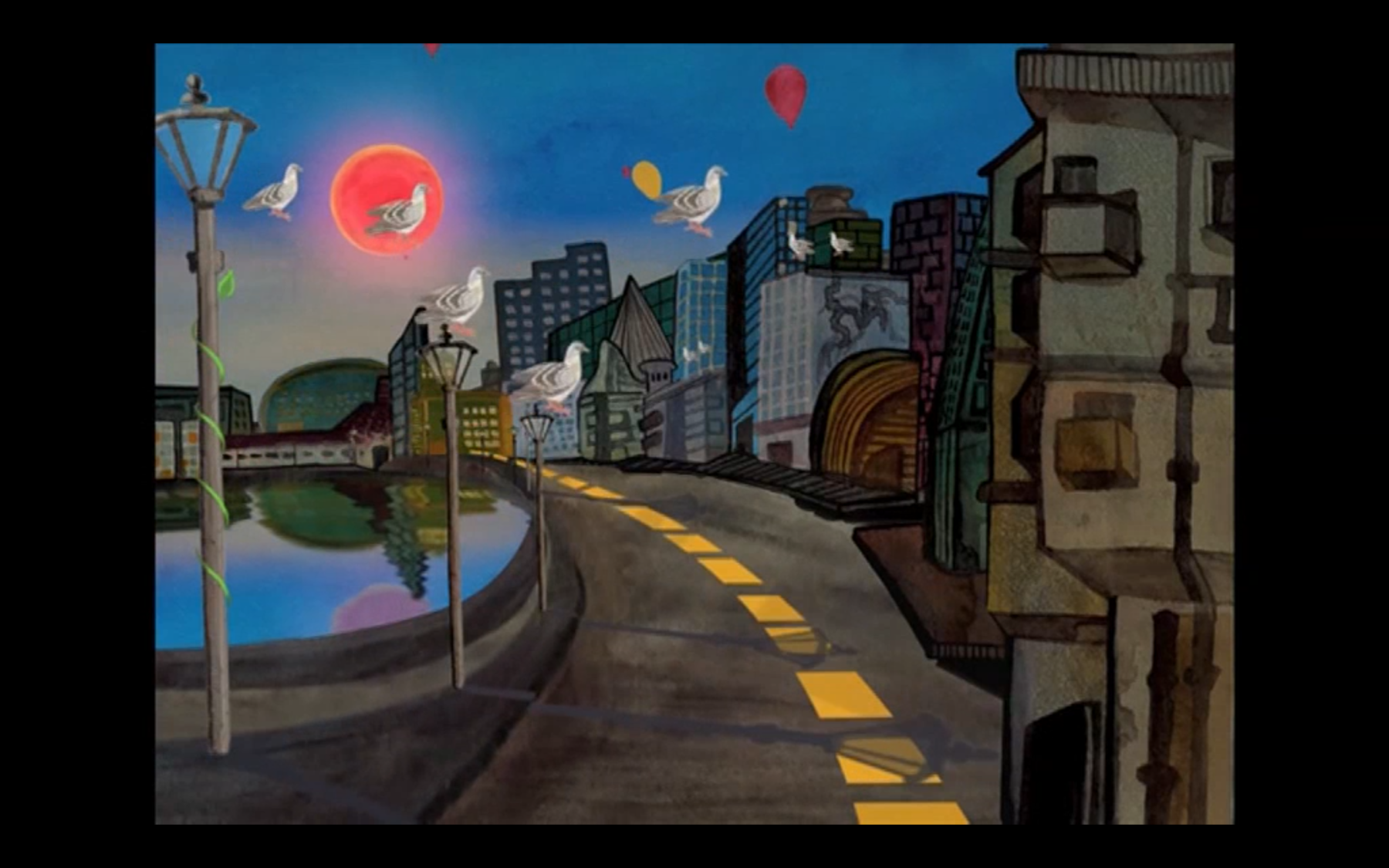
Still from Of Panorama (2019) by Archana Hande.
To learn more about Video Art by South Asian Contemporary Artists (VASCA, formerly VAICA), click here, here, here, here, and here.
All images courtesy of Video Art by South Asian Contemporary Artists (VASCA, formerly VAICA).




